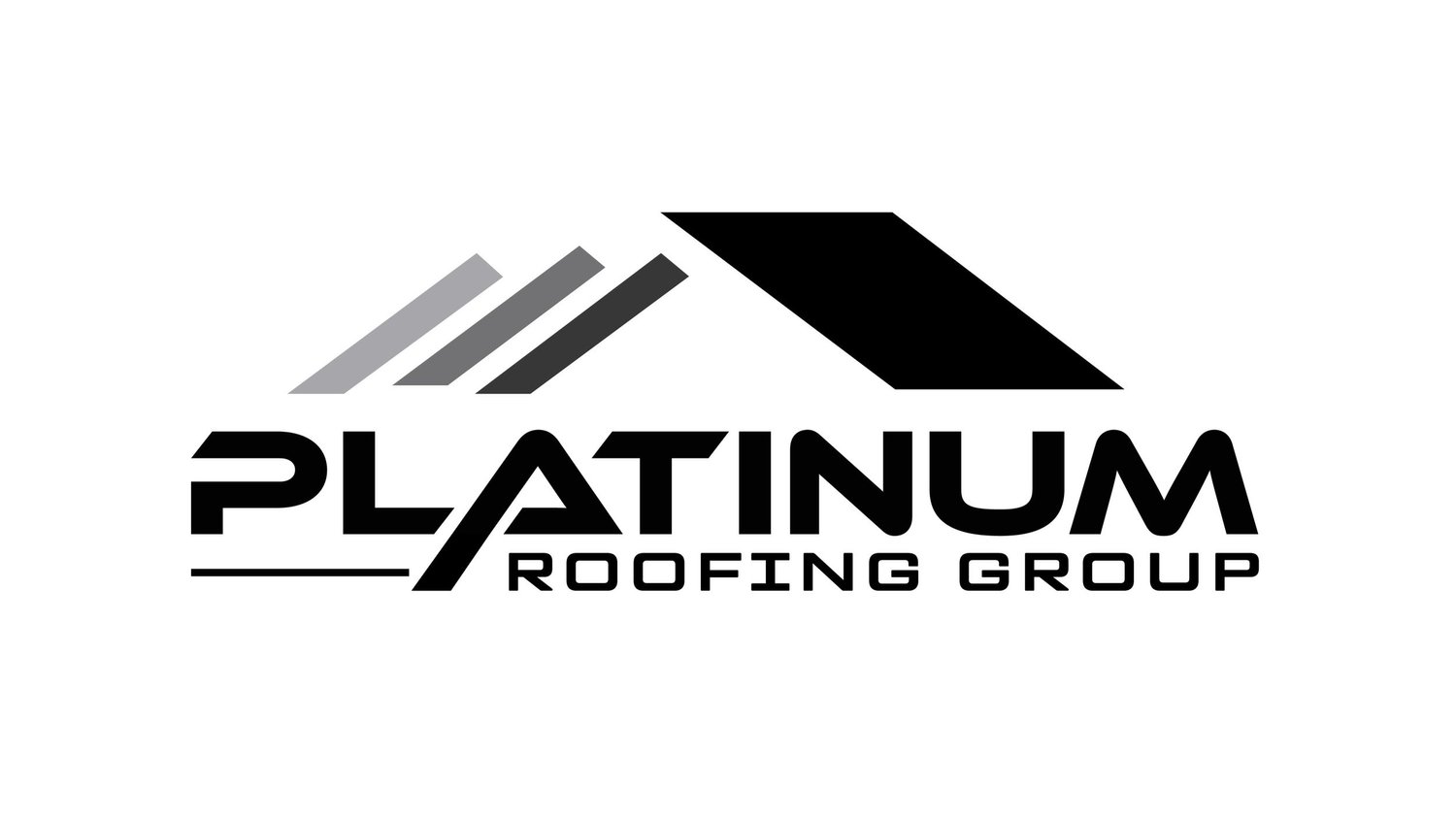How to Know When It’s Time to Replace Your Roof
Your roof is one of the most important protective layers of your home. It shields you from the harsh Arizona sun, wind, rain, and even the occasional dust storm. But like every part of your house, it won't last forever. So how do you know when it’s time to stop patching and start planning for a full replacement? In this article, we’ll walk you through the telltale signs your roof might be due for replacement, what factors influence roof longevity, and why acting early can save you time, stress, and money.
1. Visible Signs of Aging and Damage
a. Shingle Issues
If you notice cracked, curled, or missing shingles, your roof could be nearing the end of its life. Asphalt shingles in particular start to lose their granules and degrade under extreme heat and UV exposure, especially here in Arizona.
b. Sagging Roofline
A sagging or warped roofline often signals underlying structural issues. This could be due to moisture damage, rotting decking, or foundation problems. In any case, a sagging roof requires immediate attention.
c. Moss or Algae Growth
While not as common in Arizona's dry climate, any dark streaks or plant growth can indicate trapped moisture and material breakdown.
2. Interior Warning Signs
a. Water Stains or Leaks
Brown spots on your ceiling or walls, especially after a storm, can point to roof leaks. A single leak may be repairable, but widespread damage could mean your roof is failing.
b. Light Coming Through the Attic
If you can see daylight in your attic, that means water (and pests) can get in too. This often happens when roofing materials have deteriorated.
c. Rising Energy Bills
An aging roof may not insulate your home effectively, making your HVAC system work harder. Higher utility bills might be a hidden sign that your roof isn’t doing its job anymore.
3. Age of the Roof
Every roofing material has a different lifespan:
Asphalt shingles: 15-25 years
Tile roofing (clay/concrete): 40-50 years
Metal roofing: 30-50 years
Foam or flat roofs: 10-20 years (depending on maintenance)
If your roof is nearing the end of its expected life—even if it looks okay from the ground—it’s time to start planning for a replacement.
4. Storm or Hail Damage
Arizona monsoons and occasional hailstorms can damage shingles, loosen flashing, and create small leaks that worsen over time. After a major weather event, it’s smart to schedule an inspection to assess hidden issues.
5. Frequent Repairs Are Adding Up
If you’re calling a roofer every few months, you might be throwing money at a roof that needs replacing. Investing in a new roof can be more cost-effective than continual patchwork.
6. What to Do Next
If you’re noticing one or more of these issues, don’t panic—but don’t wait either. A professional inspection can help you understand the true condition of your roof and whether it needs minor repairs or a full replacement.
At [Your Roofing Company Name], we offer free, no-obligation inspections. We’ll give you honest feedback, walk you through your options, and help you make the best decision for your home and budget.
Final Thoughts
A roof replacement is a major investment, but it’s also one of the best ways to protect your home, improve energy efficiency, and boost curb appeal. Knowing when it’s time to act puts you in control.
Need help assessing your roof? Contact us today to schedule your free inspection and get expert advice you can trust.

